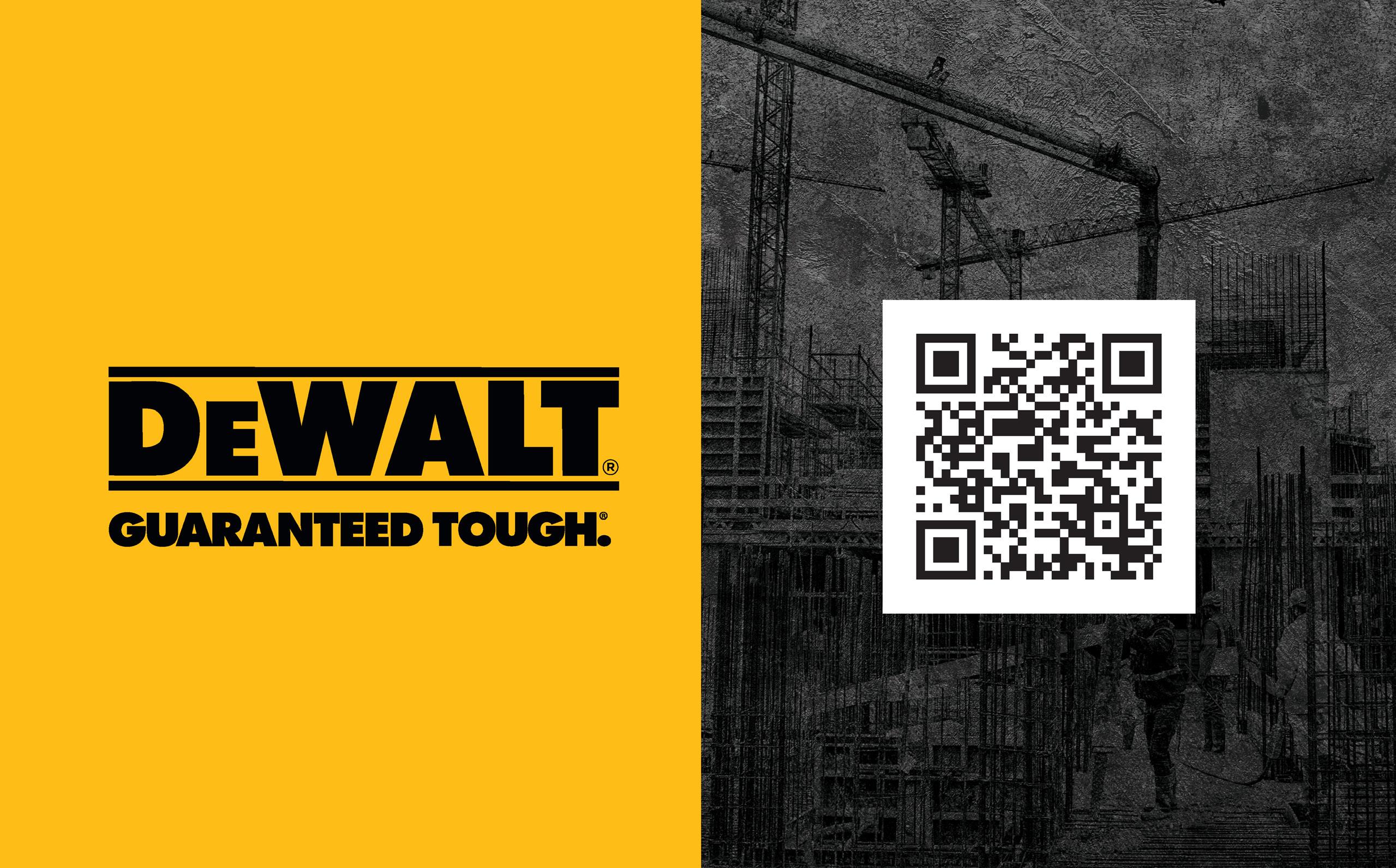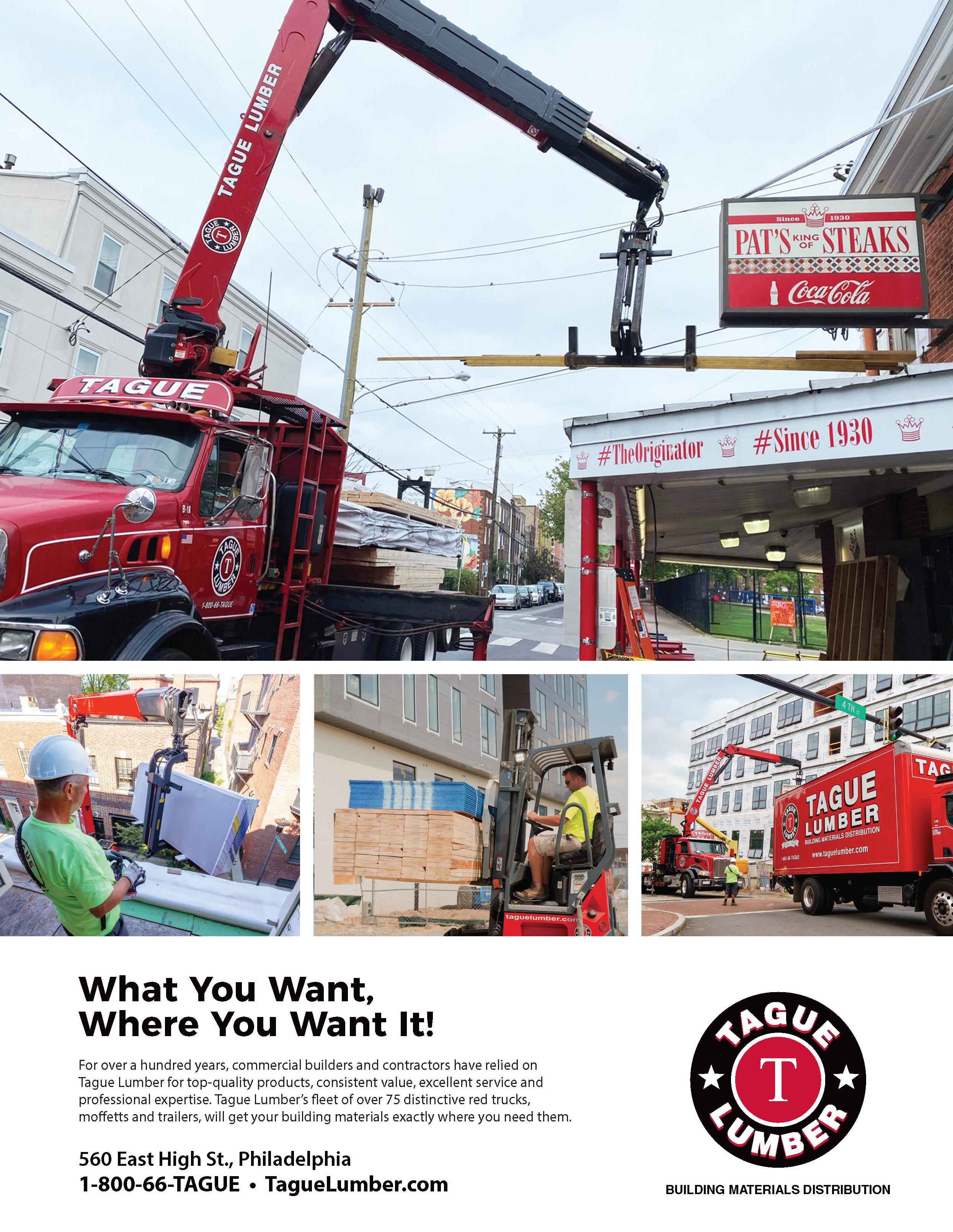
4 minute read
BUILDING RESILIENCE: HOW CONTRACTORS CAN NAVIGATE TARIFF CHALLENGES
CHARLIE GOEHL, ASSOCIATE, GOVERNMENT AFFAIRS | GBCA
In 2025, contractors are navigating a perfect storm of rising tariffs, supply chain disruptions, and labor shortages — all of which are driving up costs and complicating project delivery. As contractors navigate these complexities, understanding market trends and implementing strategic solutions will be crucial for maintaining profitability and project efficiency.
The Impact of Tariffs on Construction
Tariffs on key construction materials, such as steel, aluminum, and lumber, are contributing to higher costs and supply chain instability. In February 2025, the U.S. implemented a 10% tariff on Chinese imports, followed by an additional 10% in March. Canada and Mexico faced 25% tariffs, which were partially suspended but remain a looming concern. Steel and aluminum imports now face a 25% tariff, further straining domestic supply.
These tariffs are already having a measurable impact. Historically, similar tariffs under previous administrations led to steel and aluminum price increases, lower import volumes, and significant losses in downstream industries. In the current market, construction input costs are expected to rise by 1-3% over the next year.
Without mitigation strategies, many contractors could face margin compression, delays, and difficulty securing materials at predictable costs.
Employment and Labor Market Trends
Despite economic uncertainties, construction employment remains strong, with a 2.2% increase nationally. Pennsylvania saw a modest 0.5% rise, while Delaware outpaced national trends with a 2.1% increase. However, New Jersey experienced a slight decline of 0.5%. The demand for skilled labor remains high, and workforce shortages are one of the biggest challenges contractors face in 2025.

Strategies for Contractors to Navigate Tariff Challenges
Diversify Your Supply Chain
Contractors must seek alternative suppliers and materials from trade-friendly regions. Developing relationships with domestic manufacturers and stockpiling critical materials when feasible can help mitigate sudden cost spikes.
Build in Pricing Contingencies
Contracts should include escalation clauses that account for tariff-induced price fluctuations. Contractors can also negotiate longer-term agreements to lock in costs and reduce exposure to volatility.
Invest in Workforce Development
Addressing labor shortages through apprenticeship programs, training initiatives, and retention strategies will be critical. Companies that invest in employee development will be better positioned to meet growing construction demands.
Use Technology to Stay Ahead
AI-powered supply chain monitoring and predictive analytics can help contractors anticipate disruptions and adjust procurement strategies proactively.

Reevaluate Your Risk Coverage
Insurance programs should be reviewed to ensure adequate coverage for tariff-related cost increases. Risk-sharing agreements with suppliers and subcontractors can also help distribute financial burdens.
Economic and Industry Outlook
The broader construction outlook for 2025 presents a mixed picture. While single-family housing is expected to experience a gradual rebound, commercial and office spaces are likely to see continued declines due to excessive costs and weak demand. In contrast, sectors such as data centers, power infrastructure, and public infrastructure projects are projected to grow steadily.
Policy uncertainty remains a significant factor affecting the industry. Higher tariffs could invite retaliatory measures from trade partners, leading to further market disruptions. Additionally, concerns over government deficits and interest rate hikes may slow down investment in large-scale projects.
Conclusion
The challenges facing the construction industry in 2025 are substantial, but proactive planning and strategic adaptation can help contractors weather the storm. By diversifying supply chains, managing financial risks, and strengthening workforce strategies, companies can position themselves for long-term resilience.
In an unpredictable landscape, contractors who stay agile, informed, and proactive will not just survive; they’ll lead the way forward.
If you have any questions about tariffs or what contractors can do to mitigate the risks associated with them, please do not hesitate to reach out to me at cgoehl@gbca.com. I am actively monitoring this regulatory space to ensure GBCA members have the most up to date information to protect their businesses.








